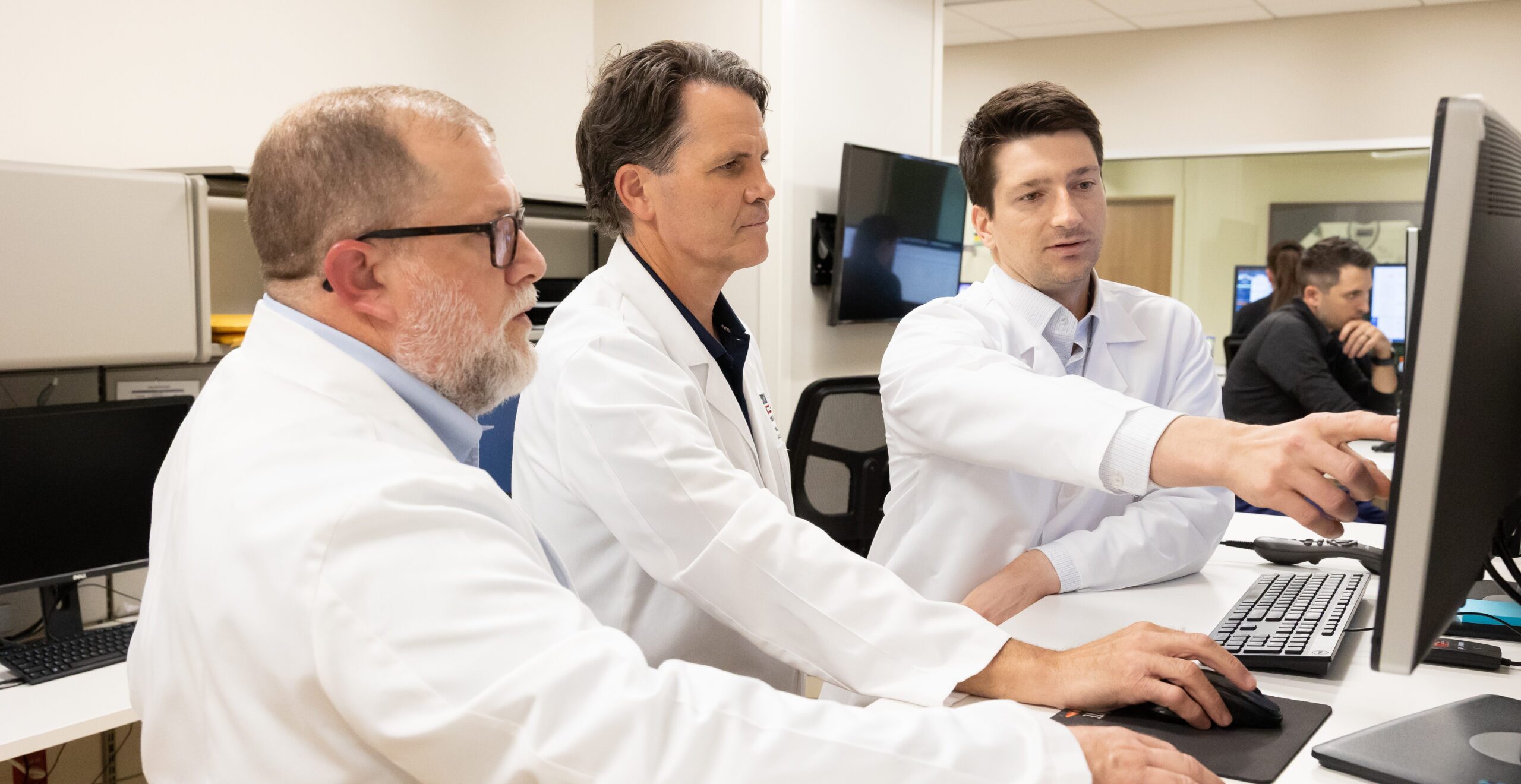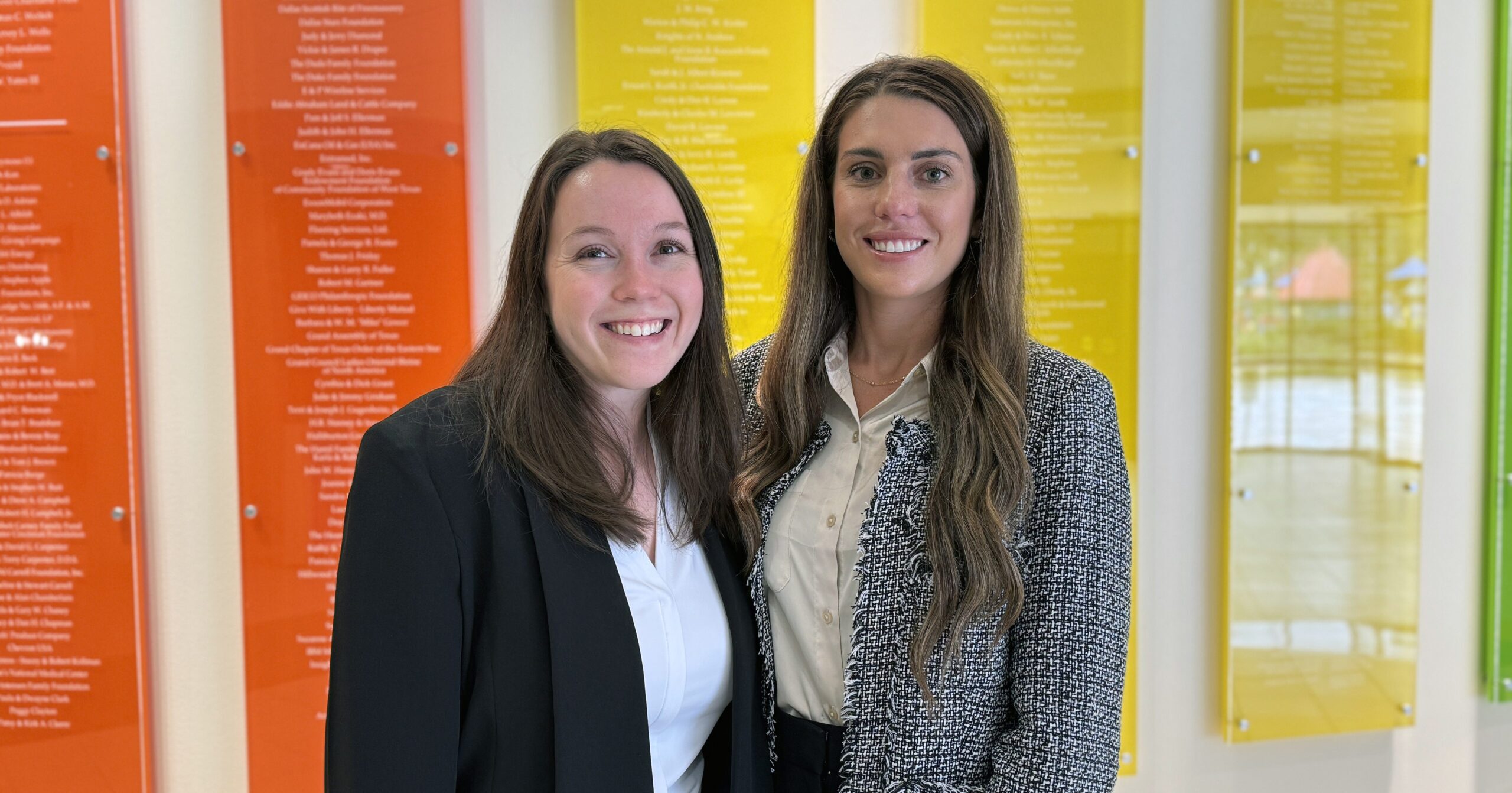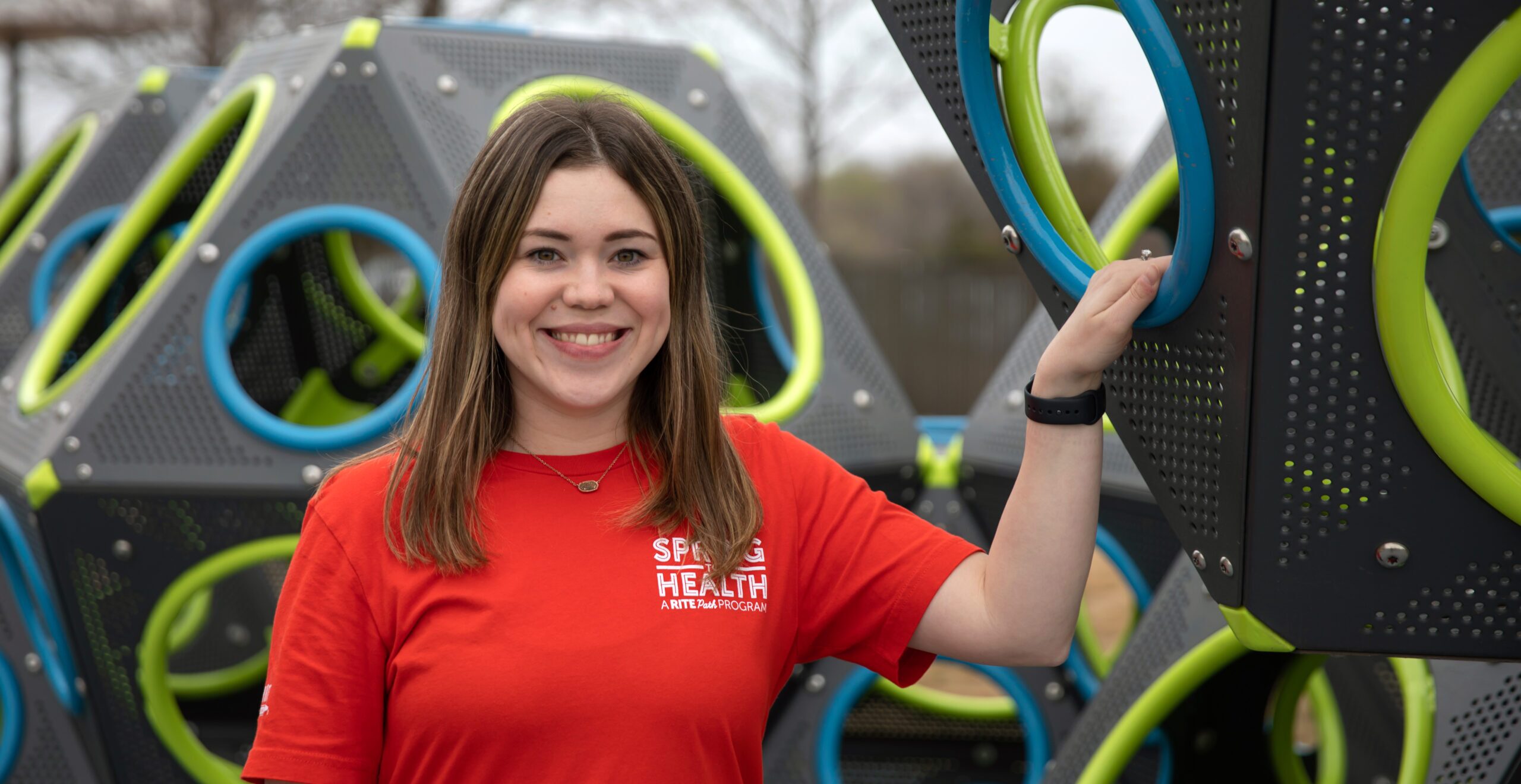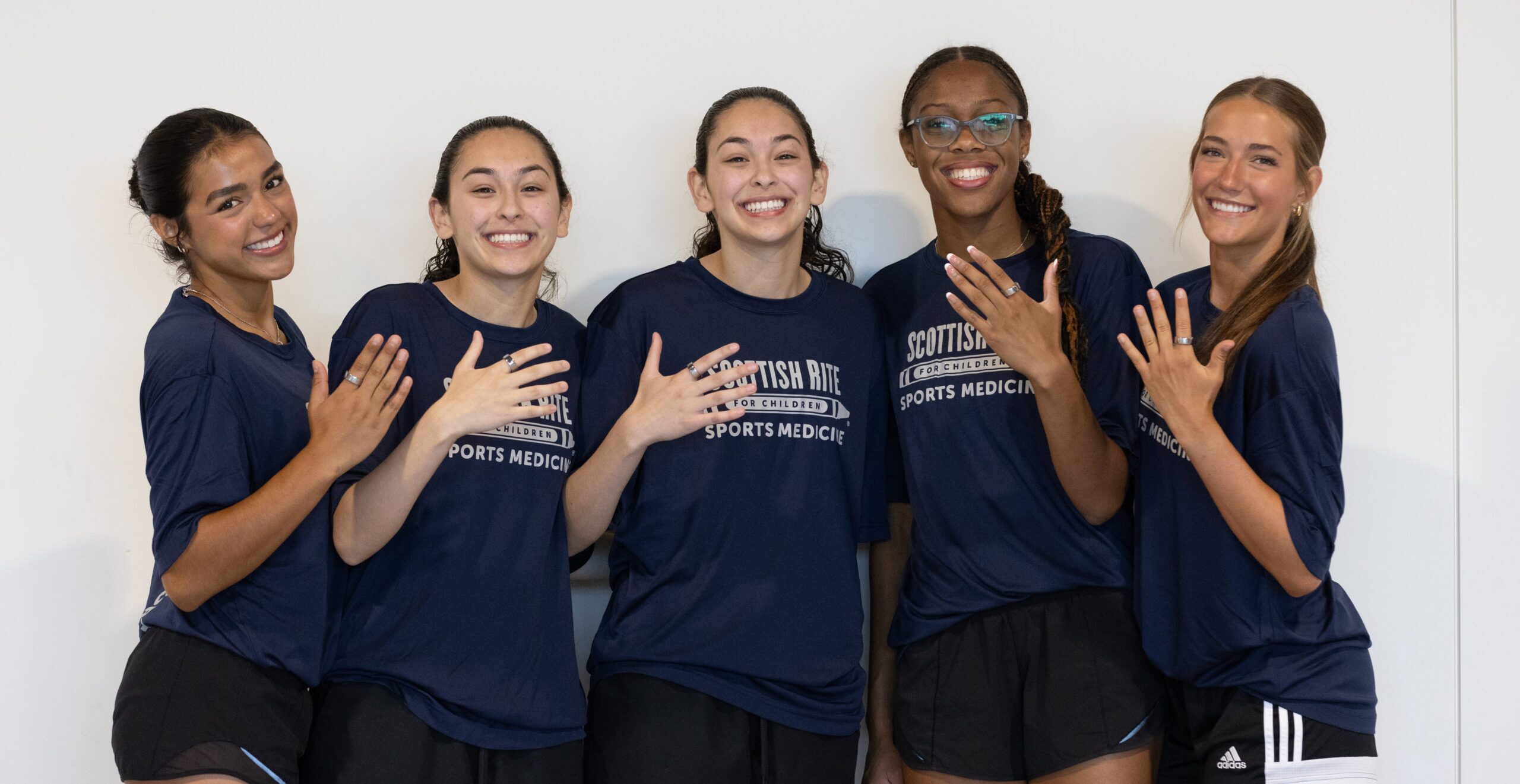Blood clots are extremely rare in young patients undergoing surgery. However, when they do occur, they are very serious. Blood clots in adolescents are increasing due to reduced physical activity (sitting more and moving less).
What is a blood clot?
A blood clot (thrombosis) arises when blood cells clump together within a vein. This can occur within the first few weeks after surgery. Clots mostly occur in a deep vein of the thigh or calf. This type of clot is called a deep vein thrombosis (DVT).
Signs and Symptoms of DVT:
- Pain/tenderness of the thigh or calf
- Leg swelling (edema)
- Skin that feels warm to the touch
- Red streaks along the leg
If a DVT breaks free from the vein where it formed, it can travel to the lungs. This is known as a pulmonary embolism (PE). A PE is life-threatening.
Signs and Symptoms of PE:
- Unexplained shortness of breath
- Rapid breathing
- Lightheadedness or passing out
- Fast heart rate
- Chest pain anywhere under the rib cage (may be worse with deep breathing)
What are the risk factors?
The majority of blood clots go undetected. It is very important to discuss any possible risks your child might have with a medical provider when screened before a surgical procedure.
Major risk factors:
- Genetic condition that affects clotting
- History of blood clots, DVT or PE
- Family member who had blood clots, DVT or PE
Additional risk factors:
- Medicines with estrogen (birth control)
- Not moving
- Infection
- Obesity
- Pregnancy
- Cancer
- Conditions or syndromes that cause systemic inflammatory response
What can we do to prevent a blood clot after surgery?
- Sequential compression devices (SCD) may be applied to your child’s legs to help prevent blood clots during and/or after surgery while in the hospital.
- Help your child get out of bed and move as directed.
- Your child should not sit or lie down longer than three hours at a time while awake.
- Travel is not recommended for three weeks after surgery. If your child must travel, it is recommended that he or she stop every hour and walk. Crutches should be used, if instructed by your team.
- Help your child perform blood clot prevention exercises as directed. Your child should perform ankle pump exercises every 30 minutes, while sitting down.
- Any other instructions to prevent blood clots will come from your medical team.














